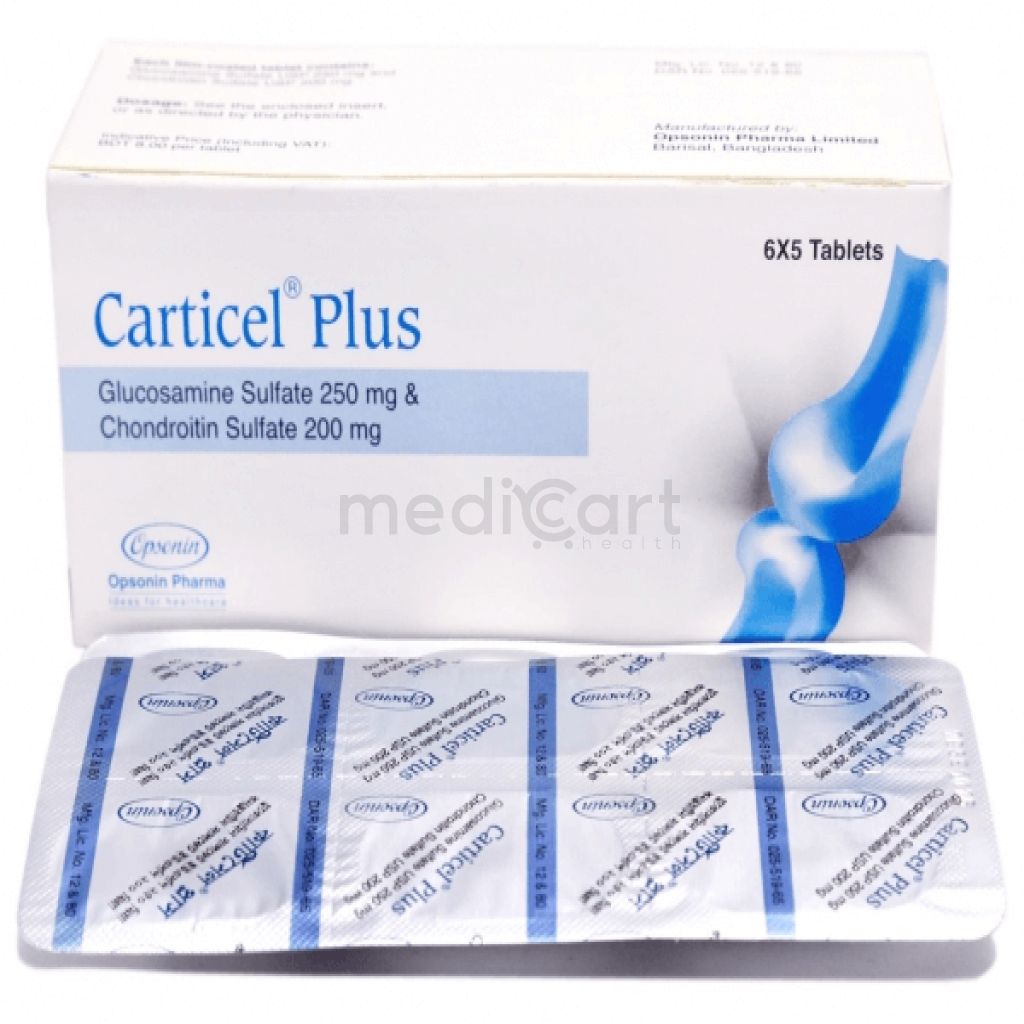

Tryptin 10 mg Tab
Tablet* Delivery will be done in Dhaka city only.
More Information About - Tryptin 10 mg Tab
Description
Indication:
Adult: PO Depression Initial:50-75 mg/day; up to 150 mg/day if needed. Max: 300 mg/day in severe cases. Neuropathic pain Initial: 10-25 mg/day at night, up to 75 mg/day if needed. Migraine prophylaxis Initial: 10 mg/day at night. Maintenance: 50-75 mg/day at night. Elderly: Initially, 25-50 mg/day as a single dose (at bedtime) or in divided doses.
Pharmacology
As the mechanism of action of this drug is not fully elucidated that’s why it is suggested that amitriptyline inhibits the membrane pump mechanism responsible for the re-uptake of transmitter amines, such as norepinephrine and serotonin, thereby increasing their concentration at the synaptic clefts of the brain. These amines are important in regulating mood. The monoamine hypothesis in depression, one of the oldest hypotheses, postulates that deficiencies of serotonin (5-HT) and/or norepinephrine (NE) neurotransmission in the brain lead to depressive effects. This drug counteracts these mechanisms, and this may be the mechanism of amitriptyline in improving depressive symptoms. Whether its analgesic effects are related to its mood-altering activities or attributable to a different, less obvious pharmacological action (or a combination of both) is unknown.
Dosage (breakdown or, not) :
Adult:
Bipolar illness, pregnancy, lactation elderly, CVS disease, renal or liver impairment, epilepsy, thyroid dysfunction, DM. Avoid abrupt withdrawal; urinary retention, prostatic hyperplasia; chronic constipation; angle-closure glaucoma; phaeochromocytoma. Monitor for signs of clinical worsening, suicidality or behavioural changes. May increase risks associated with electro-convulsive therapy. May affect ability to drive or operate machinery. Lactation: Distributed in breast milk; do not nurse (AAP states effect on nursing infants is unknown but may be of concern)
Child:
Amitriptyline is a dibenzocycloheptadiene tricyclic antidepressant. It increases synaptic concentration of serotonin and/or norepinephrine in the CNS by blocking the neuronal reuptake of norepinephrine and serotonin.
Administration:
Nocturnal Enuresis: Child 7-10 years: 10-20 mg, 11-16 years: 25-50 mg at night; max. period of treatment (including gradual withdrawal) 3 months-full physical examination before the further course.
Depression: Initially 75 mg (Elderly and Adolescents 30-75 mg) daily in divided doses or as a single dose at bedtime increased gradually as necessary to 150-200 mg; Child under 16 years not recommended for depression.
Tension Headache: 10-25 mg three times daily.
Prophylaxis of Migraine: 100 mg daily.
Interaction:
Hypersensitivity, use of MAO inhibitors within the last 14 days; acute recovery phase post-MI. Concurrent usage with cisapride.
Contraindication:
Recent myocardial infarction, arrhythmias (particularly heart block), manic phase, severe liver disease.
Side-Effects:
- Cardiovascular reactions: Hypotension, syncope, postural hypotension, hypertension, tachycardia, palpitations, myocardial infarction, etc.
- Anticholinergic: Excessive perspiration, dry mouth, blurred vision, hyperpyrexia, urinary retention and urinary tract dilatation.
- CNS and Neuromuscular: Confusional states, disturbed concentration, disorientation, delusions, etc.
- Endocrine: Testicular swelling, gynaecomastia, breast enlargement, galactorrhoea, etc.
- Allergic: Skin rash, urticaria, photosensitization, etc.
- Haematological: Bone-marrow depression.
- Gastrointestinal: Nausea, epigastric distress, vomiting, anorexia, stomatitis, unpleasant taste, weight loss, diarrhoea, constipation, etc.
Pregnancy:
Not recommended in pregnancy and lactation
Precautions & Warnings
Cardiac disease (particularly with arrhythmias), history of epilepsy, hepatic impairment (avoid if severe), thyroid disease, history of mania, psychoses (may aggravate psychotic symptoms), angle-closure glaucoma, history of urinary retention, concurrent electroconvulsive therapy.
Storage Conditions:
Store in a cool and dry place, below 30°C. Protect from light and moisture.
Disclaimer
The information provided herein are for informational purposes only and not intended to be a substitute for professional medical advice, diagnosis, or treatment. Please note that this information should not be treated as a replacement for physical medical consultation or advice. Great effort has been placed to provide accurate and comprehensive data. However, Medicart along with its authors and editors make no representations or warranties and specifically disclaim all liability for any medical information provided on the site. The absence of any information and/or warning to any drug shall not be considered and assumed as an implied assurance of the Company.






